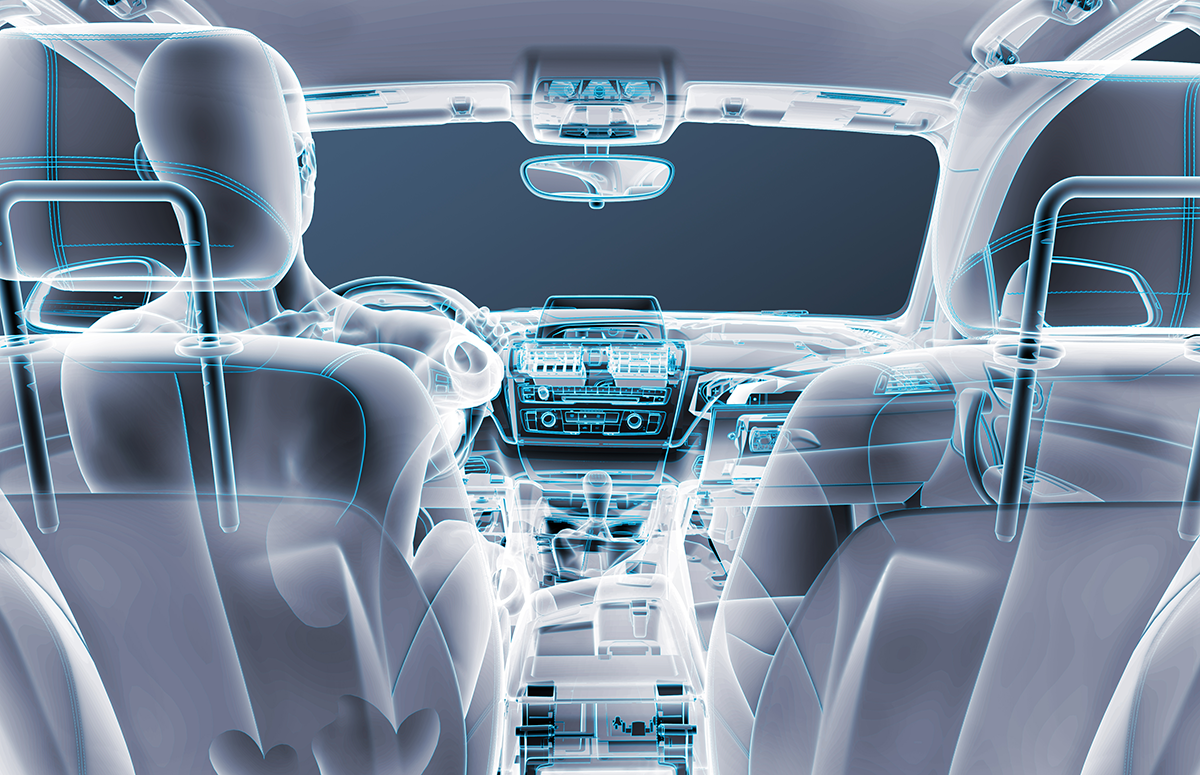
Rethinking sustainable mobility in a new, digital landscape
Meanwhile, Ricardo’s marine project NEPTUNE uses digital twin technology and AI-based predictive technology to understand how to effectively deploy EV charging infrastructure, which could boost the industry. NEPTUNE researchers are developing a desk-based decision modeling and support system (DEMOSS) tool to help reduce the planning and implementation costs of a zero-carbon energy system. The results could help EVs achieve optimal charging with a minimal carbon footprint.
Hurdles on the road to net zero
For businesses, the challenges for reaching net zero are twofold. The first challenge is finding a way to comply with government climate regulations while maintaining their market share and existing business operations. “Auto leaders need to manage the transition from today to tomorrow, without breaking the business in the middle,” Chen says. The EU’s “Fit for 55” program, for instance, requires new car greenhouse gas emissions to be reduced by at least 55% from 1990 levels, by 2030. In the U.S., the Biden administration has introduced a 50% EV target for 2030.
The second challenge is to recognize evolving customer and investor expectations. The industry must keep pace with shifting views and trends, while remaining focused on its net-zero goals. A key issue that automakers have to grapple with, says Chen, is rollout speed: Customers today want new, improved vehicles at a much faster rate than before.
“Traditionally, in the transport industry, a refresh would occur every four years or so,” she says. “Changing expectations are disrupting how the industry fundamentally operates with customers now seeking out new models every 18 months or so.”
Mobility-as-a-service: driving in the moment
As customer expectations evolve, their mobility habits are also changing quickly, particularly for urban dwellers. Increasingly, says Chen, mobility-as-a-service is morphing into the idea that cars should be a part of lifestyles, both holistically and in the moment. Consider the use of a laptop: one day it could be used to produce a video, and on another to draw a painting. “Now we have to think about the car in that same context, and we’ve never done that before,” she notes. “We have to create these new levels of capability without jeopardizing the quality of delivery throughout the process.”
The global mobility-as-a-service market is expected to grow from about $236 billion in 2022 to $775 billion by 2029. And traditional car manufacturers don’t want to miss out on that growth. Renault’s Mobilize initiative, for instance, focuses on car usage rather than ownership, offering a range of accessible, affordable, and environmentally friendly mobility solutions.
As the appetite for mobility-as-a-service grows, data is—once again—crucial. Data can be leveraged to simulate new value propositions and provide insights on optimizing use of raw materials, creating a longer lifecycle for the product. “The beauty of today is that data is more readily available to us than ever been before,” Chen says. “It’s not new that a vehicle can create petabytes of data in a given day. What is new is that we have an ability to access it now.”
The shape of things to come
An epochal shift in mobility is taking place amid rapid technological changes and the global climate crisis. The auto industry is using innovative technologies to support automotive design and development, while reducing carbon emissions. Traditional industry players must work hard to understand how AI and other technology can help them advance operations, meet customers’ evolving expectations, and drive new ways of creating value across their organizations.

